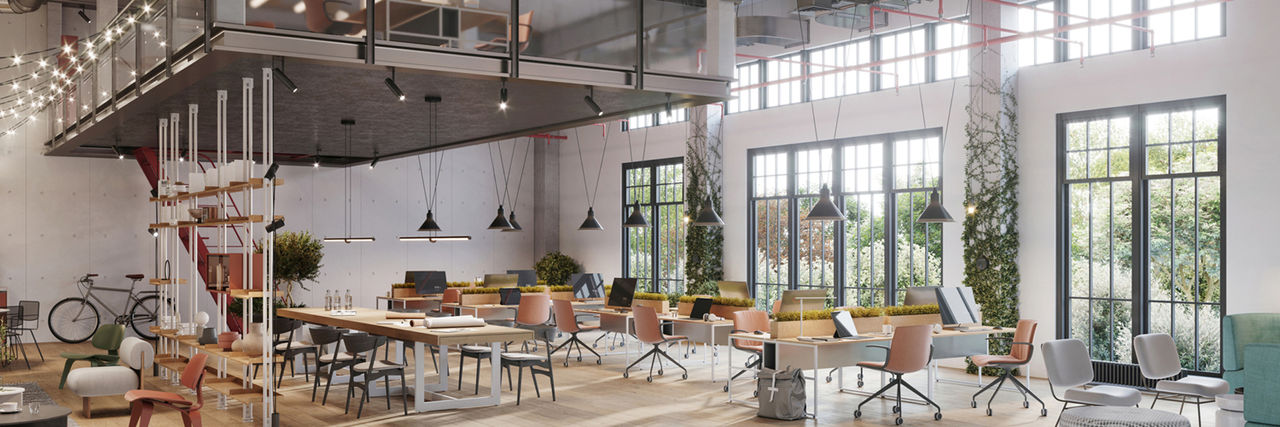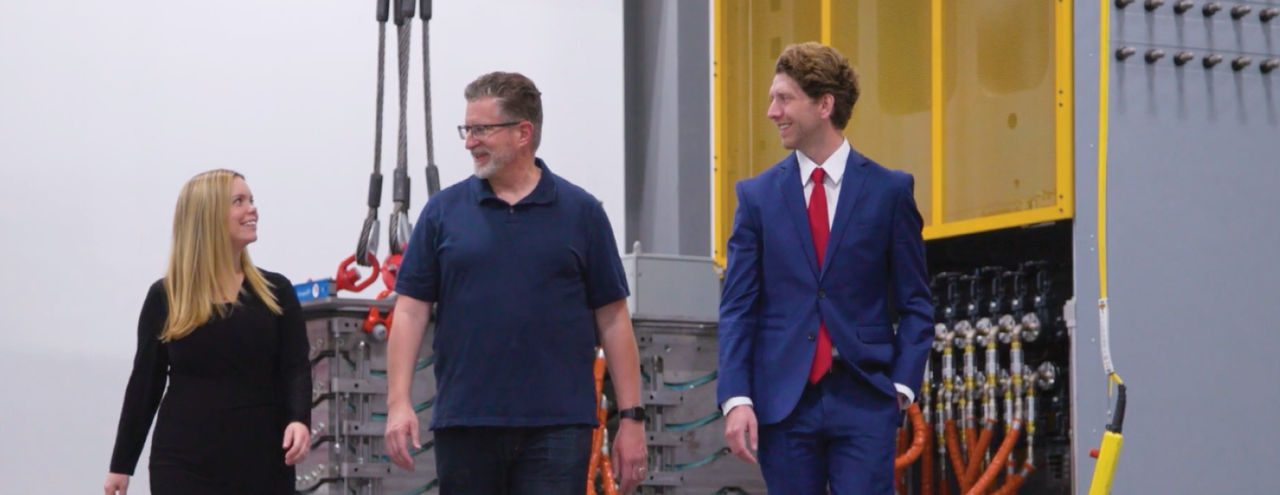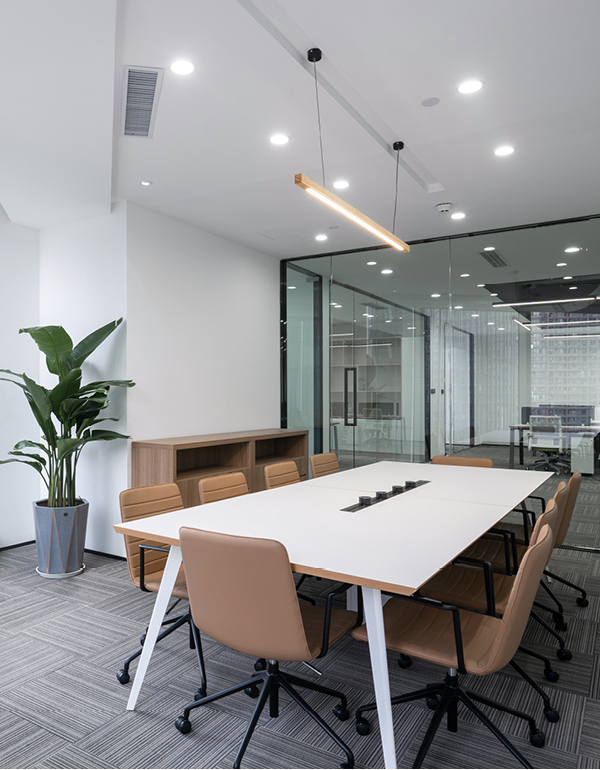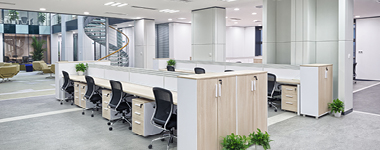Office and Facility Renovation Financing
Invest in a people-first environment with financing from First American.

Your work spaces are more than just areas to get work done—it’s where your organization fosters creativity, collaboration, productivity, and growth. As work environments and employee and client expectations evolve, your buildings and facilities should too.
When planning your buildout and renovation projects, consider how First American’s flexible financing solutions can help you simplify these long-term capital investments.
Recently Funded Office and Facility Renovation Projects
Financing on Your Terms
3-7+ year term lengths
Reimbursement for paid costs
Up to 100% financing
Rate locks
Deferred payments
International leasing capabilities
All transactions are subject to credit approval. Eligibility for a particular service is subject to final determination by First American. Some restrictions may apply.
Interested in Learning More?
Tell us your business needs and we’ll share financing recommendations and insights to help support your goals.









